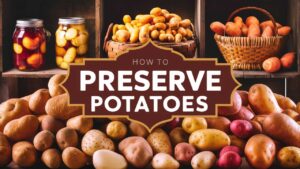By selecting the appropriate crops and planting dates for your zone, you can maximize your chances of a bountiful harvest and enjoy the fresh, flavorful produce all winter long.
Beets

Beets are a versatile and nutrient-dense root vegetable that thrive in the mild winters of Zone 9. In Zone 9a, the optimal time to plant beets is November 1st. This allows the plants to establish strong roots and develop their signature deep red bulbs before the coldest months arrive. For gardeners in Zone 9b, the planting window is slightly later, with the best time being December 15th.
Beets are relatively cold-hardy and can withstand light frosts, making them a reliable choice for the winter garden. They prefer well-draining, nutrient-rich soil and do best when planted in full sun. Be sure to sow the seeds about 1 inch deep and 1-2 inches apart, thinning the seedlings to 4 inches apart once they’ve sprouted.
Depending on the variety, beets can be harvested in as little as 50-60 days. Look for the tops to reach 6-8 inches tall as an indicator that the roots are ready. Gently pull the beets from the soil, taking care not to damage the delicate skin. The greens are also edible and can be sautéed or added to salads for an extra nutritional boost.
Carrots
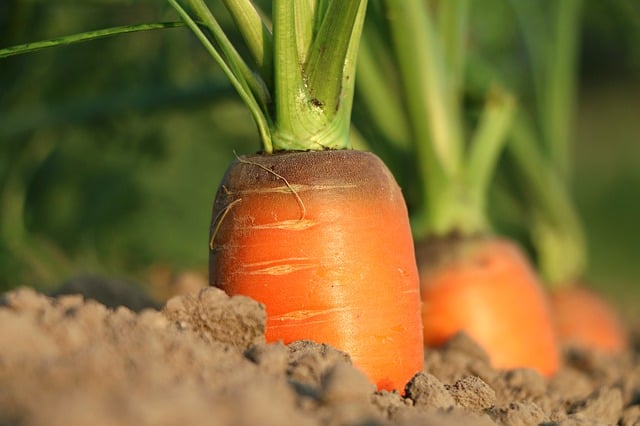
Carrots are another cold-tolerant vegetable that thrives in the mild winters of Zone 9. In Zone 9a, the optimal planting time is October 15th, while Zone 9b gardeners should aim for November 1st. This timing allows the carrots to establish strong root systems before the coldest weather arrives.
Carrots prefer well-draining, sandy soil that is free of rocks and other obstructions. They do best in full sun, though they can tolerate partial shade. Sow the seeds about 1/2 inch deep and 1 inch apart, thinning the seedlings to 2-3 inches apart once they’ve sprouted.
Depending on the variety, carrots can be harvested in as little as 60-90 days. Look for the tops to reach 6-8 inches tall as an indicator that the roots are ready. Gently loosen the soil around the carrots and pull them up, being careful not to break the delicate roots.
Broccoli

Broccoli is a cool-weather crop that thrives in the mild winters of Zone 9. In Zone 9a, the optimal planting time for broccoli is October 1st, while Zone 9b gardeners should aim for November 1st. This timing allows the plants to establish a strong root system and develop their signature dense, nutrient-packed florets before the coldest months arrive.
Broccoli prefers well-draining, nutrient-rich soil and full sun exposure. When planting, be sure to space the seedlings 12-18 inches apart to allow for proper growth and air circulation. Regular watering and consistent soil moisture are key to producing healthy, bountiful broccoli heads.
Depending on the variety, broccoli can be harvested in as little as 60-90 days. Look for the florets to reach 4-6 inches in diameter and the heads to feel firm and compact. Cutting the main head will encourage the plant to produce smaller side shoots, extending the harvest season.
Brussels Sprouts
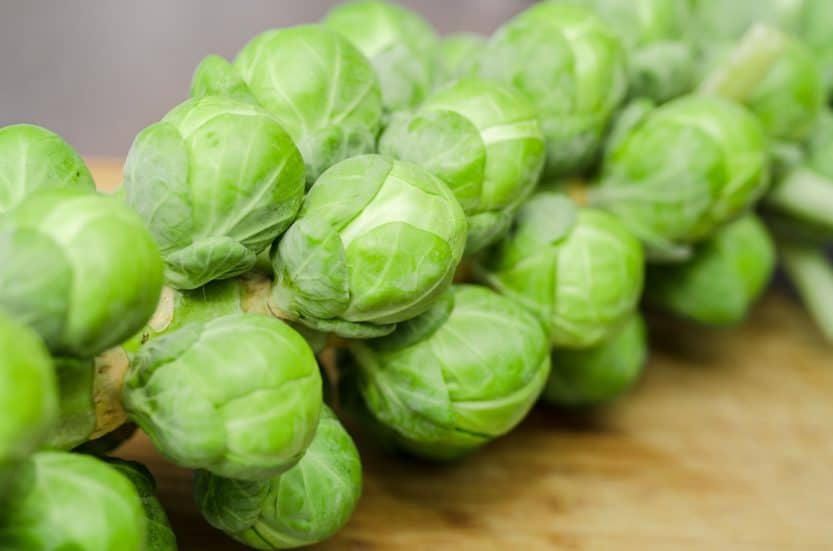
Brussels sprouts are a cold-hardy member of the cabbage family that thrive in the mild winters of Zone 9. In Zone 9a, the optimal planting time is October 1st, while Zone 9b gardeners should aim for November 1st. This timing allows the plants to develop their signature sprouts before the coldest weather sets in.
Brussels sprouts prefer well-draining, nutrient-rich soil and full sun exposure. When planting, be sure to space the seedlings 18-24 inches apart to allow for proper growth and air circulation. Regular watering and consistent soil moisture are essential for producing large, flavorful sprouts.
Depending on the variety, Brussels sprouts can be harvested in as little as 90-120 days. Look for the sprouts to be firm and tightly packed along the stem, and the leaves to be a deep, vibrant green. Harvesting the sprouts from the bottom of the stem upwards will encourage the upper sprouts to continue developing.
Cabbage
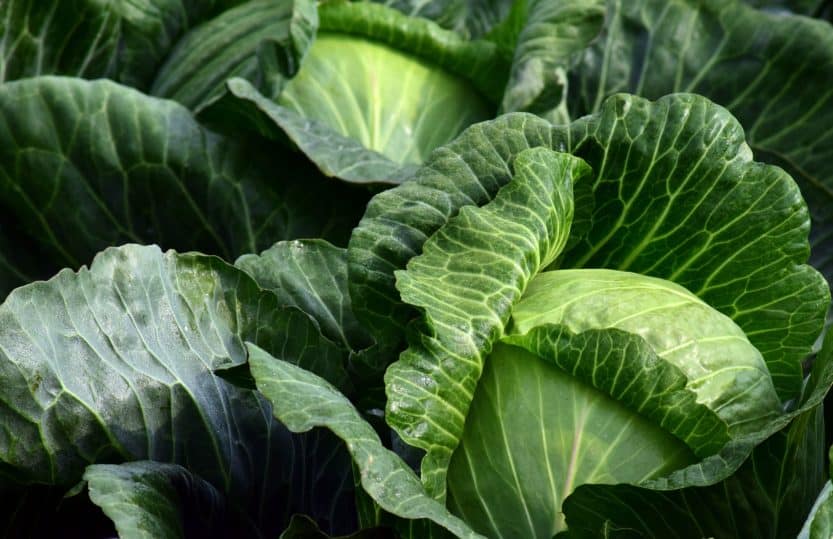
Cabbage is a cool-weather crop that thrives in the mild winters of Zone 9. In Zone 9a, the optimal planting time is October 1st, while Zone 9b gardeners should aim for November 1st. This timing allows the plants to establish a strong root system and develop their signature dense, compact heads before the coldest months arrive.
Cabbage prefers well-draining, nutrient-rich soil and full sun exposure. When planting, be sure to space the seedlings 12-18 inches apart to allow for proper growth and air circulation. Regular watering and consistent soil moisture are key to producing healthy, flavorful cabbages.
Depending on the variety, cabbage can be harvested in as little as 60-90 days. Look for the heads to feel firm and heavy, with tightly packed leaves. Cutting the head at the base, leaving a few outer leaves intact, will encourage the plant to produce smaller side heads, extending the harvest season.
Cauliflower
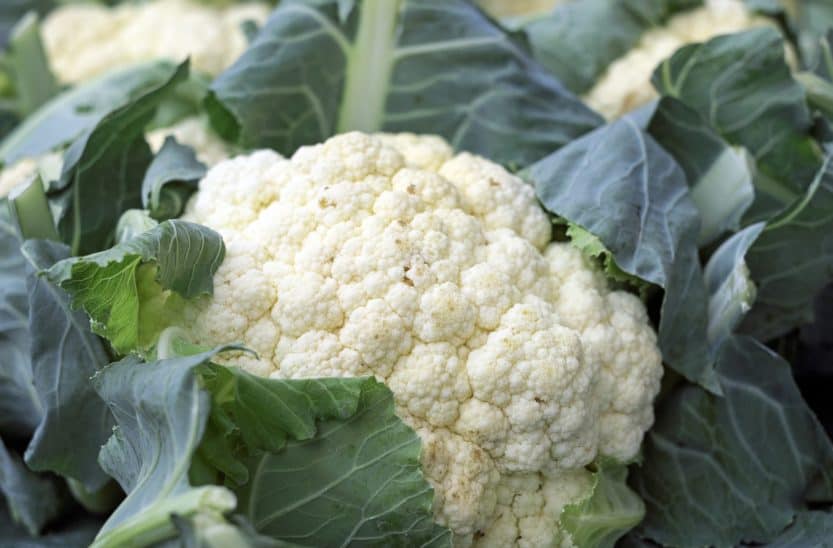
Cauliflower is a cool-weather crop that thrives in the mild winters of Zone 9. In Zone 9a, the optimal planting time is October 1st, while Zone 9b gardeners should aim for November 1st. This timing allows the plants to establish a strong root system and develop their signature dense, white florets before the coldest months arrive.
Cauliflower prefers well-draining, nutrient-rich soil and full sun exposure. When planting, be sure to space the seedlings 18-24 inches apart to allow for proper growth and air circulation. Regular watering and consistent soil moisture are essential for producing large, flavorful heads.
Depending on the variety, cauliflower can be harvested in as little as 60-90 days. Look for the florets to be tightly packed and the leaves to be a vibrant green. Cutting the head at the base, leaving a few outer leaves intact, will encourage the plant to produce smaller side heads, extending the harvest season.
Chard
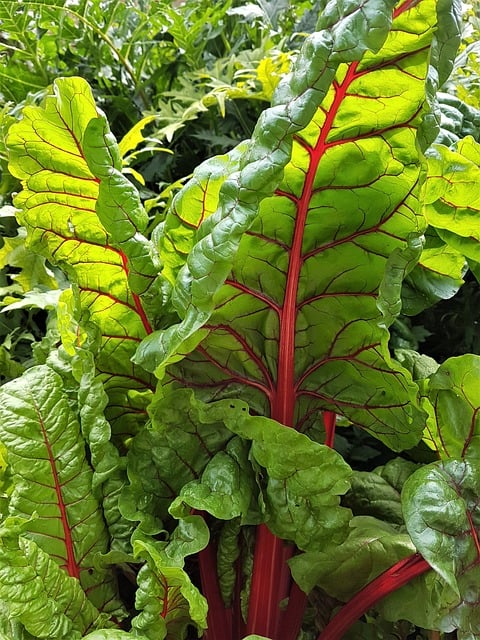
Swiss chard is a hardy, leafy green that thrives in the mild winters of Zone 9. In Zone 9a, the optimal planting time is October 20th, while Zone 9b gardeners should aim for December 15th. This timing allows the plants to establish a strong root system and develop their signature large, colorful leaves before the coldest weather sets in.
Swiss chard prefers well-draining, nutrient-rich soil and full sun exposure. When planting, be sure to space the seedlings 12-18 inches apart to allow for proper growth and air circulation. Regular watering and consistent soil moisture are key to producing healthy, bountiful harvests.
Depending on the variety, Swiss chard can be harvested in as little as 30-45 days. Look for the leaves to be large, vibrant, and free of blemishes. Cutting the outer leaves at the base, leaving the inner leaves to continue growing, will encourage the plant to produce a continuous harvest throughout the winter months.
Collards
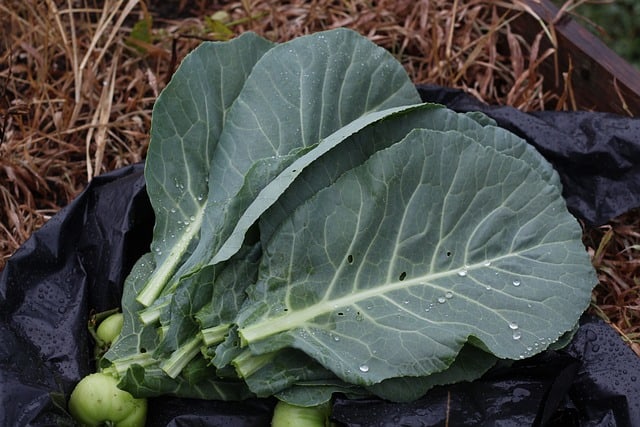
Collards are a hardy, leafy green that thrives in the mild winters of Zone 9. In Zone 9a, the optimal planting time is October 20th, while Zone 9b gardeners should aim for December 15th. This timing allows the plants to establish a strong root system and develop their signature large, tender leaves before the coldest weather arrives.
Collards prefer well-draining, nutrient-rich soil and full sun exposure. When planting, be sure to space the seedlings 18-24 inches apart to allow for proper growth and air circulation. Regular watering and consistent soil moisture are key to producing healthy, bountiful harvests.
Depending on the variety, collards can be harvested in as little as 50-70 days. Look for the leaves to be large, dark green, and free of blemishes. Cutting the outer leaves at the base, leaving the inner leaves to continue growing, will encourage the plant to produce a continuous harvest throughout the winter months. Collards only improve in flavor after being exposed to a light frost, making them a true cold-weather champion.
Sweet Corn

While many gardeners may not associate sweet corn with a winter vegetable garden, Zone 9’s mild climate allows for a late-season planting that can provide a bountiful harvest. In Zone 9a, the optimal planting time is September 10th, while Zone 9b gardeners should aim for September 20th. This timing ensures the corn has enough time to mature before the first frost.
Sweet corn prefers well-draining, nutrient-rich soil and full sun exposure. When planting, be sure to sow the seeds 1 inch deep and 12 inches apart, with rows spaced 3 feet apart. Regular watering and consistent soil moisture are essential for producing large, flavorful ears.
Depending on the variety, sweet corn can be harvested in as little as 60-90 days. Look for the husks to be green and the silk to be dry and brown. Gently peel back the husks to check the kernels, which should be plump and juicy. Harvesting the corn at the peak of ripeness is key to enjoying its sweet, tender flavor.
Cucumbers
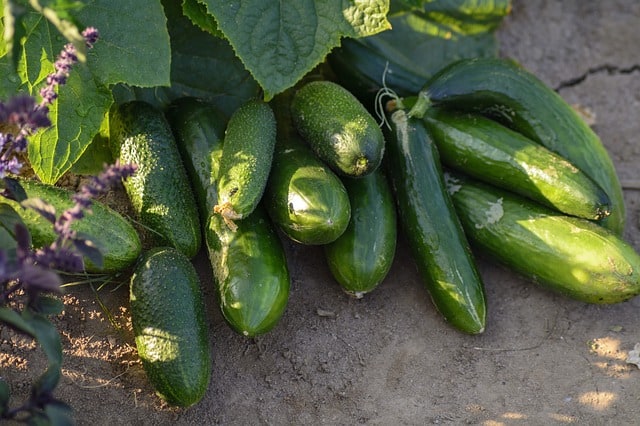
Cucumbers are a warm-weather crop that can thrive in the mild winters of Zone 9 with the right planting schedule. In Zone 9a, the optimal planting time is September 10th, while Zone 9b gardeners should aim for October 1st. This timing allows the plants to establish a strong root system and produce a bountiful harvest before the first frost.
Cucumbers prefer well-draining, nutrient-rich soil and full sun exposure. When planting, be sure to sow the seeds 1 inch deep and 12 inches apart, with rows spaced 3 feet apart. Regular watering and consistent soil moisture are key to producing crisp, flavorful cucumbers.
Depending on the variety, cucumbers can be harvested in as little as 50-70 days. Look for the fruits to be a deep green color and to be firm to the touch. Harvesting the cucumbers regularly, before they become overly large and seedy, will encourage the plants to continue producing throughout the winter season.
Eggplant
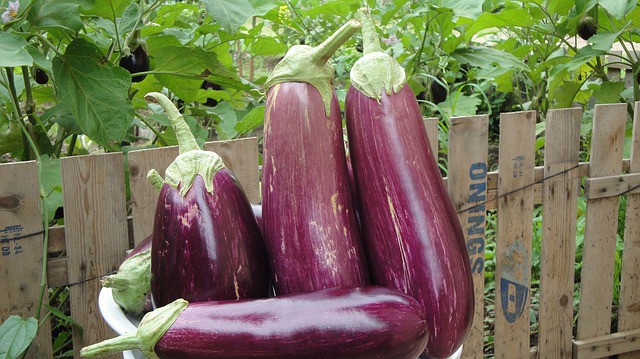
While eggplant is typically considered a warm-weather crop, the mild winters of Zone 9 allow for a late-season planting that can provide a bountiful harvest. In Zone 9a, the optimal planting time is July 10th, while Zone 9b gardeners should aim for August 1st. This timing ensures the plants have enough time to establish themselves and produce their signature large, glossy fruits before the first frost.
Eggplants thrive in well-draining, nutrient-rich soil and full sun exposure. When planting, be sure to space the seedlings 18-24 inches apart to allow for proper growth and air circulation. Regular watering and consistent soil moisture are essential for producing large, flavorful eggplants.
Depending on the variety, eggplants can be harvested in as little as 60-90 days. Look for the fruits to be firm, with a smooth, shiny skin and a deep purple or black color. Harvesting the eggplants regularly, before they become overly large and seedy, will encourage the plants to continue producing throughout the winter season.
Garlic
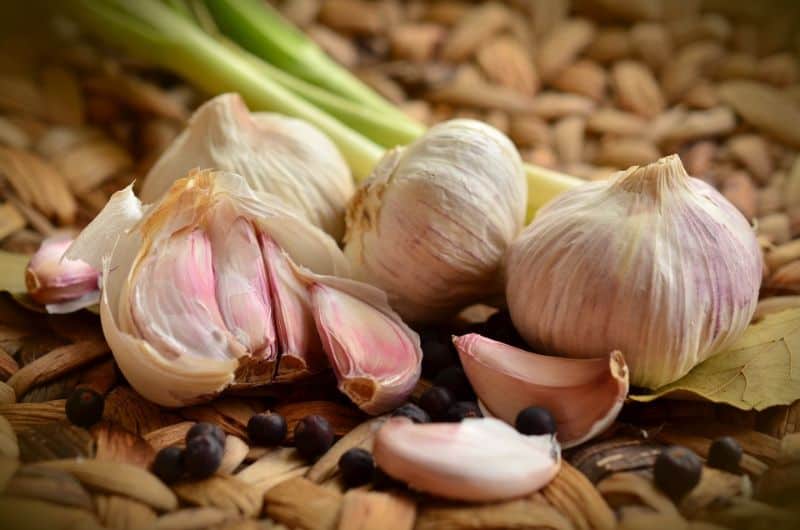
Garlic is a versatile and flavorful addition to any winter vegetable garden in Zone 9. In Zone 9a, the optimal planting time for garlic cloves is November, while Zone 9b gardeners should aim for December. This timing allows the cloves to establish a strong root system and develop their signature pungent bulbs before the coldest weather arrives.
Garlic prefers well-draining, nutrient-rich soil and full sun exposure. When planting, be sure to separate the cloves and plant them 4-6 inches apart, with the pointed end facing up and the flat end down. Regular watering and consistent soil moisture are key to producing large, flavorful bulbs.
Depending on the variety, garlic can be harvested in as little as 6-8 months. Look for the leaves to begin to yellow and the bulbs to feel firm and plump. Carefully dig up the bulbs, being careful not to damage the roots, and allow them to cure in a dry, well-ventilated area for 2-4 weeks before storing.
Kohlrabi
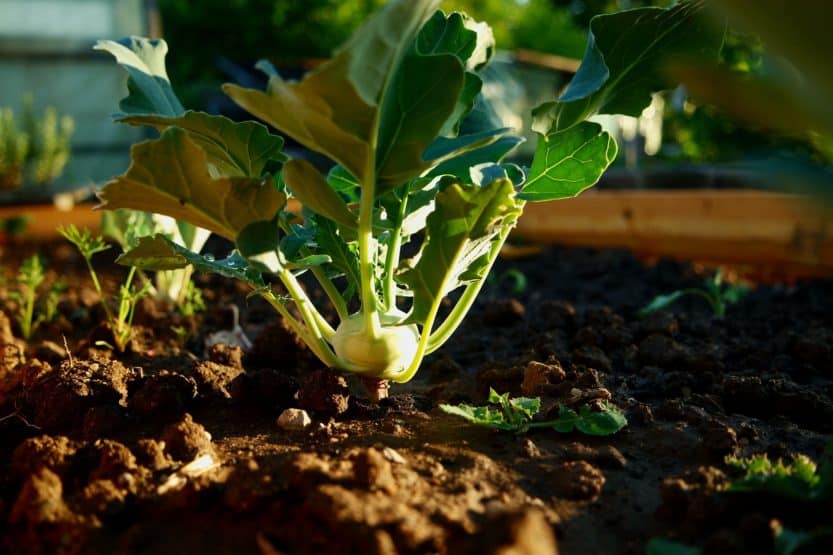
Kohlrabi is a unique, versatile vegetable that thrives in the mild winters of Zone 9. In Zone 9a, the optimal planting time is October 1st, while Zone 9b gardeners should aim for November 1st. This timing allows the plants to establish a strong root system and develop their signature bulbous stems before the coldest months arrive.
Kohlrabi prefers well-draining, nutrient-rich soil and full sun exposure. When planting, be sure to space the seedlings 6-8 inches apart to allow for proper growth and air circulation. Regular watering and consistent soil moisture are essential for producing large, tender kohlrabi.
Depending on the variety, kohlrabi can be harvested in as little as 50-70 days. Look for the stems to be 2-4 inches in diameter and to feel firm and crisp. Harvesting the kohlrabi at the right time is crucial, as they can become woody and fibrous if left in the ground too long. Enjoy the stems raw, roasted, or in a variety of delicious winter dishes.
Leaf Lettuce
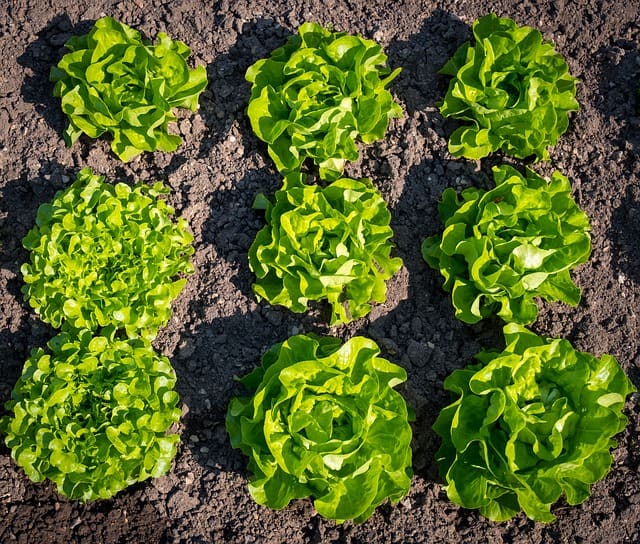
Leaf lettuce is a cool-weather crop that thrives in the mild winters of Zone 9. In Zone 9a, the optimal planting time is November 1st, while Zone 9b gardeners should aim for December 1st. This timing allows the plants to establish a strong root system and develop their signature tender, flavorful leaves before the coldest weather arrives.
Leaf lettuce prefers well-draining, nutrient-rich soil and partial shade. When planting, be sure to sow the seeds 1/4 inch deep and 12 inches apart, thinning the seedlings to 6-8 inches apart once they’ve sprouted. Regular watering and consistent soil moisture are key to producing a bountiful harvest of crisp, vibrant leaves.
Depending on the variety, leaf lettuce can be harvested in as little as 30-45 days. Look for the leaves to be large, tender, and free of blemishes. Cutting the outer leaves at the base, leaving the inner leaves to continue growing, will encourage the plant to produce a continuous harvest throughout the winter months. Leaf lettuce is a versatile and nutritious addition to any winter salad or sandwich.
Mustard Greens
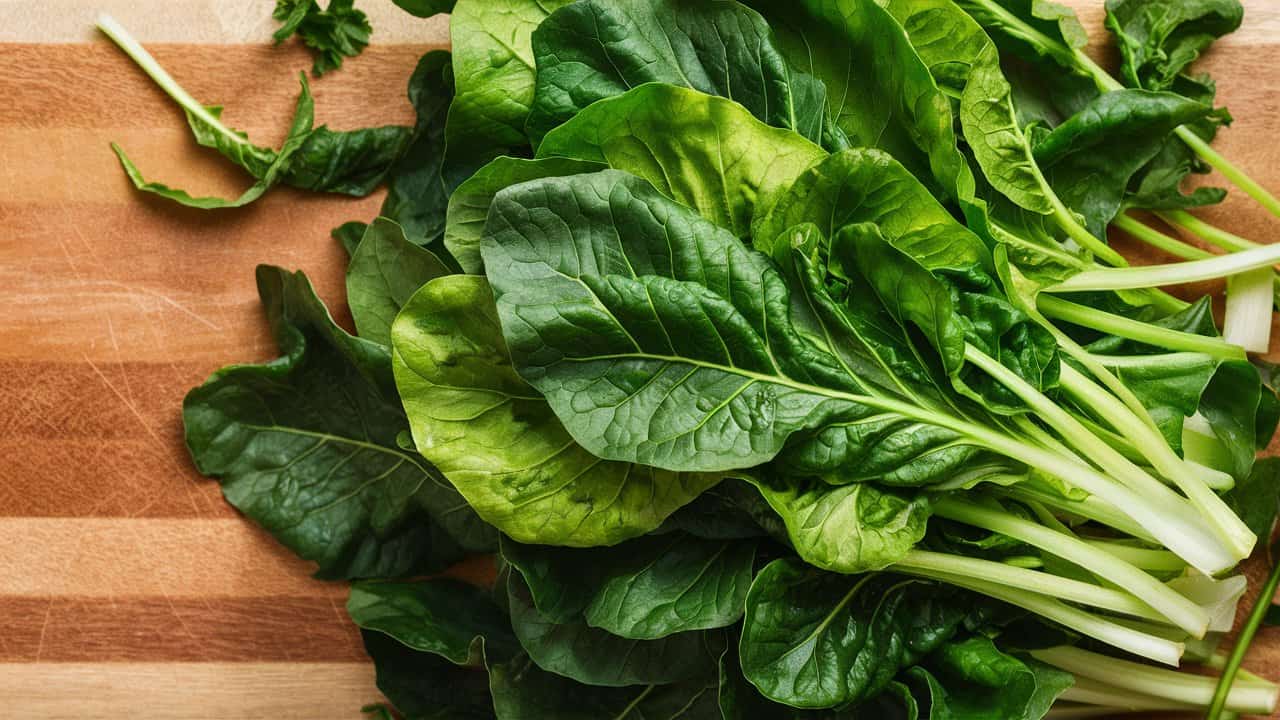
Mustard greens are a peppery, nutrient-dense addition to the winter vegetable garden in Zone 9. In Zone 9a, the optimal planting time is December 1st, while Zone 9b gardeners should aim for December 15th. This timing allows the plants to establish a strong root system and develop their signature bold, flavorful leaves before the coldest weather sets in.
Mustard greens thrive in well-draining, nutrient-rich soil and full sun exposure. When planting, be sure to sow the seeds 1/2 inch deep and 12 inches apart, thinning the seedlings to 6-8 inches apart once they’ve sprouted. Regular watering and consistent soil moisture are essential for producing healthy, vibrant leaves.
Depending on the variety, mustard greens can be harvested in as little as 30-45 days. Look for the leaves to be large, deeply colored, and free of blemishes. Cutting the outer leaves at the base, leaving the inner leaves to continue growing, will encourage the plant to produce a continuous harvest throughout the winter months. Mustard greens are a versatile and nutritious addition to soups, stir-fries, and more.
Onions (from seed)

Onions are a staple crop in any winter vegetable garden, and Zone 9’s mild climate allows for a late-season planting from seed. In Zone 9a, the optimal planting time is December 1st, while Zone 9b gardeners should aim for December 15th. This timing ensures the onions have enough time to establish a strong root system and develop their signature pungent bulbs before the first frost.
Onions prefer well-draining, nutrient-rich soil and full sun exposure. When planting, be sure to sow the seeds 1/2 inch deep and 1 inch apart, thinning the seedlings to 4-6 inches apart once they’ve sprouted. Regular watering and consistent soil moisture are key to producing large, flavorful onions.
Depending on the variety, onions can be harvested in as little as 100-120 days. Look for the leaves to begin to yellow and the bulbs to feel firm and plump. Carefully dig up the onions, being careful not to damage the roots, and allow them to cure in a dry, well-ventilated area for 2-4 weeks before storing. Enjoy the sweet, pungent flavor of homegrown onions in a variety of winter dishes.
Parsley

Parsley is a versatile, cool-weather herb that thrives in the mild winters of Zone 9. In Zone 9a, the optimal planting time is November 1st, while Zone 9b gardeners should aim for December 1st. This timing allows the plants to establish a strong root system and develop their signature bright green, fragrant leaves before the coldest weather arrives.
Parsley prefers well-draining, nutrient-rich soil and partial shade. When planting, be sure to sow the seeds 1/4 inch deep and 6 inches apart, thinning the seedlings to 4 inches apart once they’ve sprouted. Regular watering and consistent soil moisture are key to producing a continuous harvest of lush, flavorful leaves.
Depending on the variety, parsley can be harvested in as little as 70-90 days. Look for the leaves to be large, vibrant, and free of blemishes. Cutting the outer leaves at the base, leaving the inner leaves to continue growing, will encourage the plant to produce a steady supply of fresh parsley throughout the winter months. Parsley is a versatile herb that can be used to add flavor and nutrition to a wide range of winter dishes, from soups and stews to roasted vegetables.
Southern Peas

While many gardeners may associate peas with spring, the mild winters of Zone 9 allow for a late-season planting of southern peas, also known as cowpeas or black-eyed peas. In Zone 9a, the optimal planting time is August 15th, while Zone 9b gardeners should aim for September 1st. This timing ensures the plants have enough time to mature and produce a bountiful harvest before the first frost.
Southern peas thrive in well-draining, nutrient-rich soil and full sun exposure. When planting, be sure to sow the seeds 1 inch deep and 4 inches apart, with rows spaced 2-3 feet apart. Regular watering and consistent soil moisture are essential for producing large, flavorful pods.
Depending on the variety, southern peas can be harvested in as little as 60-90 days. Look for the pods to be plump and firm, with a vibrant green color. Harvesting the peas regularly, before they become overly mature and tough, will encourage the plants to continue producing throughout the winter season. Enjoy the sweet, nutty flavor of southern peas in a variety of winter dishes, from hearty stews to flavorful side dishes.
Peppers
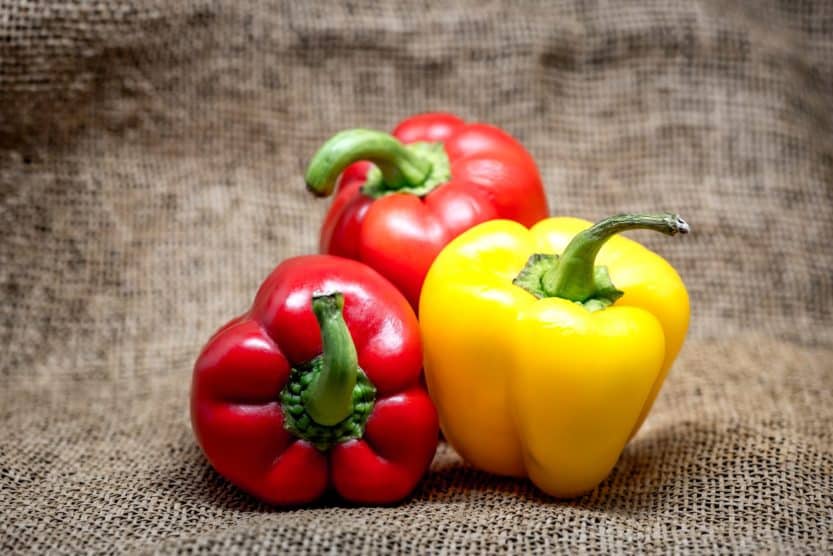
While peppers are typically considered a warm-weather crop, the mild winters of Zone 9 allow for a late-season planting that can provide a bountiful harvest. In Zone 9a, the optimal planting time is July 15th, while Zone 9b gardeners should aim for August 1st. This timing ensures the plants have enough time to establish a strong root system and develop their signature flavorful fruits before the first frost.
Peppers thrive in well-draining, nutrient-rich soil and full sun exposure. When planting, be sure to space the seedlings 18-24 inches apart to allow for proper growth and air circulation. Regular watering and consistent soil moisture are essential for producing large, juicy peppers.
Depending on the variety, peppers can be harvested in as little as 60-90 days. Look for the fruits to be firm, with a vibrant color and a smooth, glossy skin. Harvesting the peppers regularly, before they become overly mature and tough, will encourage the plants to continue producing throughout the winter season. Enjoy the unique flavors and heat levels of homegrown peppers in a variety of winter dishes, from roasted vegetable medleys to spicy sauces and dips.
Potatoes
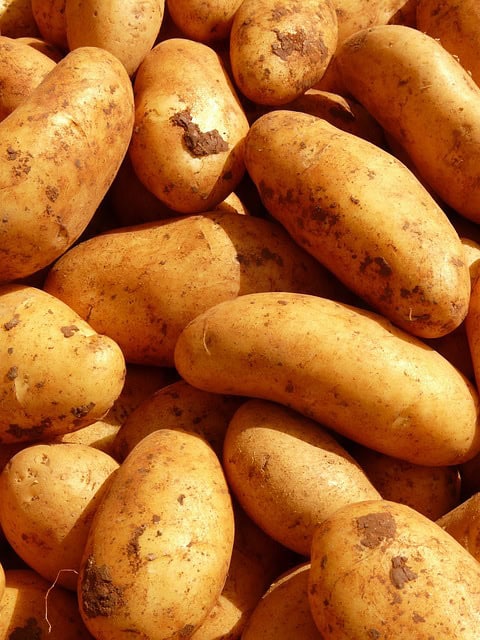
Potatoes are a versatile and rewarding crop for the winter vegetable garden in Zone 9a. The optimal planting time for this region is October 1st, allowing the tubers to establish a strong root system and develop their signature starchy, flavorful flesh before the coldest weather arrives.
When planting potatoes in Zone 9a, be sure to choose a well-draining, nutrient-rich soil and full sun exposure. Cut the seed potatoes into pieces, ensuring each piece has at least one eye, and plant them 12 inches apart and 4 inches deep. Regular watering and consistent soil moisture are key to producing a bountiful harvest.
Depending on the variety, potatoes can be harvested in as little as 90-120 days. Look for the plants to begin flowering, which is a sign that the tubers are ready for harvest. Carefully dig around the plants, being mindful not to damage the delicate skins, and enjoy the fresh, earthy flavor of homegrown potatoes in a variety of winter dishes.
It’s important to note that planting potatoes in Zone 9b is generally not recommended, as the warmer temperatures and longer growing season can lead to increased disease pressure and lower yields. Gardeners in this region may find more success focusing on other cool-weather crops that thrive in the mild winters.
Pumpkins
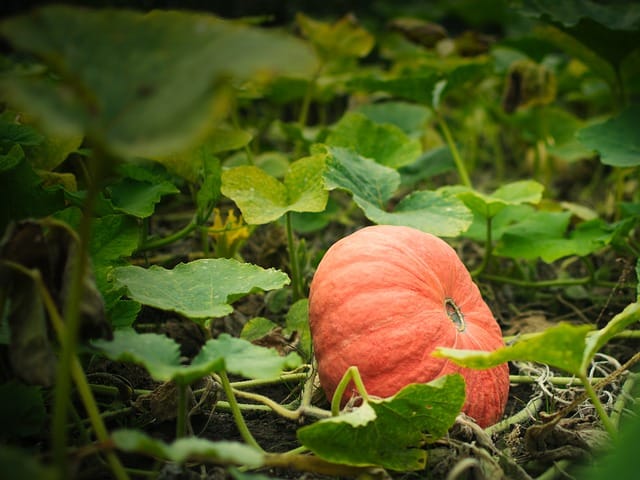
While pumpkins are often associated with the fall harvest, the mild winters of Zone 9 allow for a late-season planting that can provide a bountiful crop. In Zone 9a, the optimal planting time is August 10th, while Zone 9b gardeners should aim for September 1st. This timing ensures the plants have enough time to establish a strong root system and develop their signature large, vibrant fruits before the first frost.
Pumpkins thrive in well-draining, nutrient-rich soil and full sun exposure. When planting, be sure to space the seeds 4-6 feet apart, as the vines can spread significantly. Regular watering and consistent soil moisture are essential for producing large, healthy pumpkins.
Depending on the variety, pumpkins can be harvested in as little as 90-120 days. Look for the fruits to be fully colored, with a hard, thick rind. Carefully cut the pumpkins from the vine, leaving a few inches of stem attached, and store them in a cool, dry place for up to 3 months. Enjoy the versatility of homegrown pumpkins in a variety of winter dishes, from pies and soups to roasted seeds and purees.
Radishes
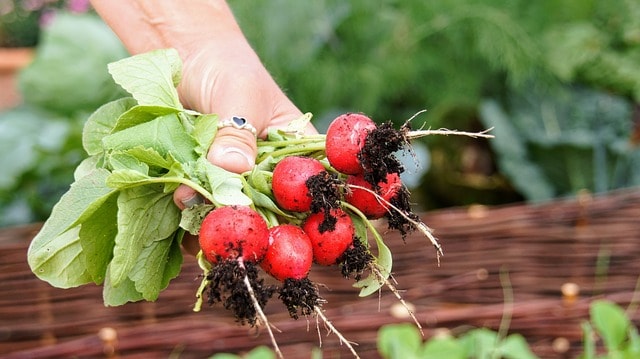
Radishes are a quick-growing, cool-weather crop that thrive in the mild winters of Zone 9. In Zone 9a, the optimal planting time is December 1st, while Zone 9b gardeners should aim for December 15th. This timing allows the plants to establish a strong root system and develop their signature crunchy, peppery roots before the coldest weather arrives.
Radishes prefer well-draining, nutrient-rich soil and full sun exposure. When planting, be sure to sow the seeds 1/2 inch deep and 1 inch apart, thinning the seedlings to 2-3 inches apart once they’ve sprouted. Regular watering and consistent soil moisture are key to producing large, flavorful radishes.
Depending on the variety, radishes can be harvested in as little as 25-40 days. Look for the roots to be firm, with a vibrant color and a smooth, unblemished skin. Harvesting the radishes at the right time is crucial, as they can become woody and pungent if left in the ground too long. Enjoy the crisp, peppery flavor of homegrown radishes in salads, slaws, and as a crunchy snack.
Spinach
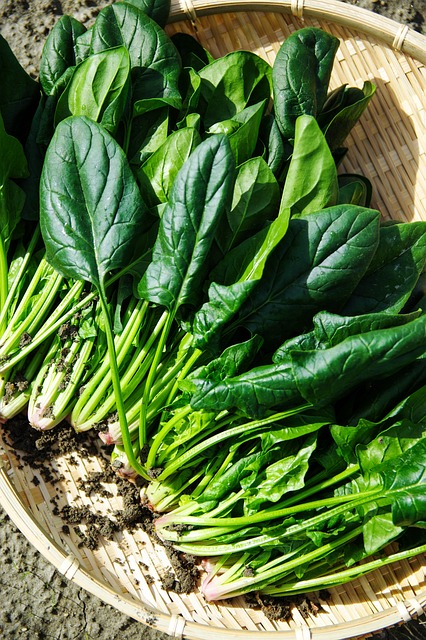
Spinach is a cool-weather superstar that thrives in the mild winters of Zone 9. In Zone 9a, the optimal planting time is December 1st, while Zone 9b gardeners should aim for December 15th. This timing allows the plants to establish a strong root system and develop their signature tender, nutrient-dense leaves before the coldest weather arrives.
Spinach prefers well-draining, nutrient-rich soil and partial shade. When planting, be sure to sow the seeds 1/2 inch deep and 2 inches apart, thinning the seedlings to 4-6 inches apart once they’ve sprouted. Regular watering and consistent soil moisture are key to producing a continuous harvest of lush, vibrant leaves.
Depending on the variety, spinach can be harvested in as little as 30-45 days. Look for the leaves to be large, dark green, and free of blemishes. Cutting the outer leaves at the base, leaving the inner leaves to continue growing, will encourage the plant to produce a steady supply of fresh spinach throughout the winter months. Spinach is a versatile and nutritious addition to soups, salads, and a wide range of winter dishes.
Summer Squash
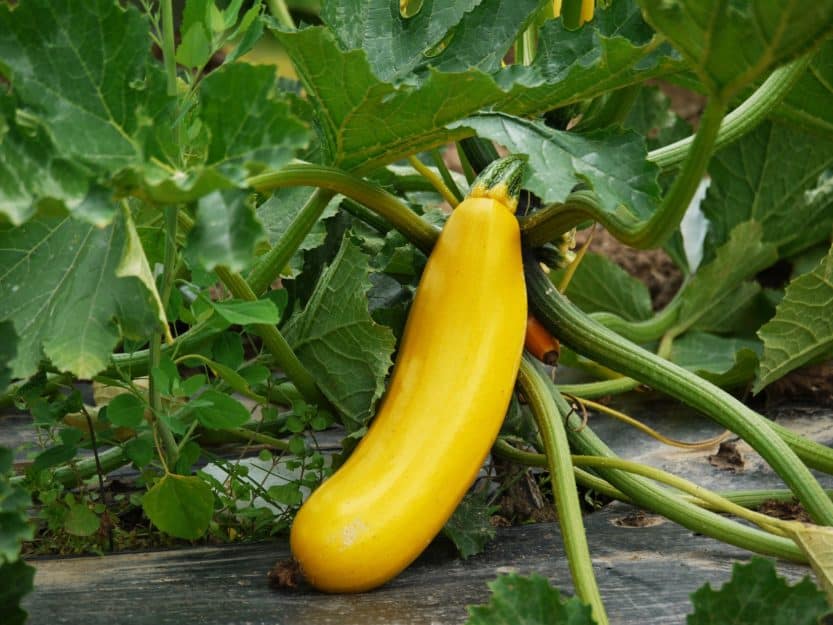
While summer squash is often associated with the warm-weather growing season, the mild winters of Zone 9 allow for a late-season planting that can provide a bountiful harvest. In Zone 9a, the optimal planting time is October 1st, while Zone 9b gardeners should aim for October 10th. This timing ensures the plants have enough time to establish a strong root system and develop their signature tender, flavorful fruits before the first frost.
Summer squash, including varieties like zucchini and yellow squash, thrive in well-draining, nutrient-rich soil and full sun exposure. When planting, be sure to space the seedlings 2-3 feet apart to allow for proper growth and air circulation. Regular watering and consistent soil moisture are essential for producing large, healthy squash.
Depending on the variety, summer squash can be harvested in as little as 45-60 days. Look for the fruits to be firm, with a vibrant color and a smooth, glossy skin. Harvesting the squash regularly, before they become overly mature and tough, will encourage the plants to continue producing throughout the winter season. Enjoy the versatility of homegrown summer squash in a variety of winter dishes, from roasted vegetable medleys to hearty soups and stews.
Winter Squash
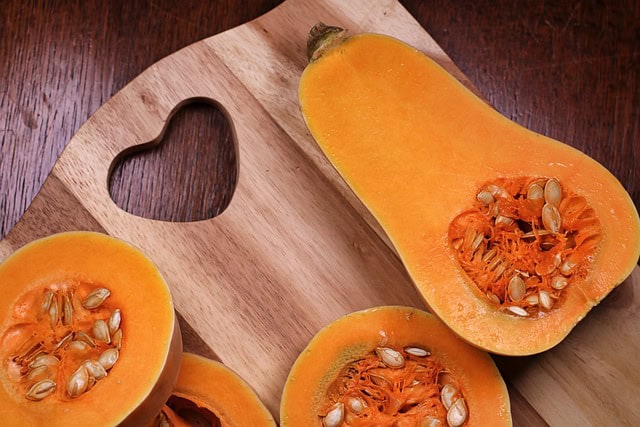
While summer squash thrives in the mild winters of Zone 9, winter squash varieties like butternut, acorn, and spaghetti squash can also be successfully grown in this region. In Zone 9a, the optimal planting time is September 1st, while Zone 9b gardeners should aim for September 10th. This timing allows the plants to establish a strong root system and develop their signature hard, thick rinds before the first frost.
Winter squash prefers well-draining, nutrient-rich soil and full sun exposure. When planting, be sure to space the seeds 4-6 feet apart, as the vines can spread significantly. Regular watering and consistent soil moisture are essential for producing large, healthy squash.
Depending on the variety, winter squash can be harvested in as little as 90-120 days. Look for the fruits to be fully colored, with a hard, thick rind. Carefully cut the squash from the vine, leaving a few inches of stem attached, and store them in a cool, dry place for up to 6 months. Enjoy the rich, creamy texture and sweet, nutty flavor of homegrown winter squash in a variety of winter dishes, from roasted vegetable medleys to hearty soups and pies.
Tomatoes
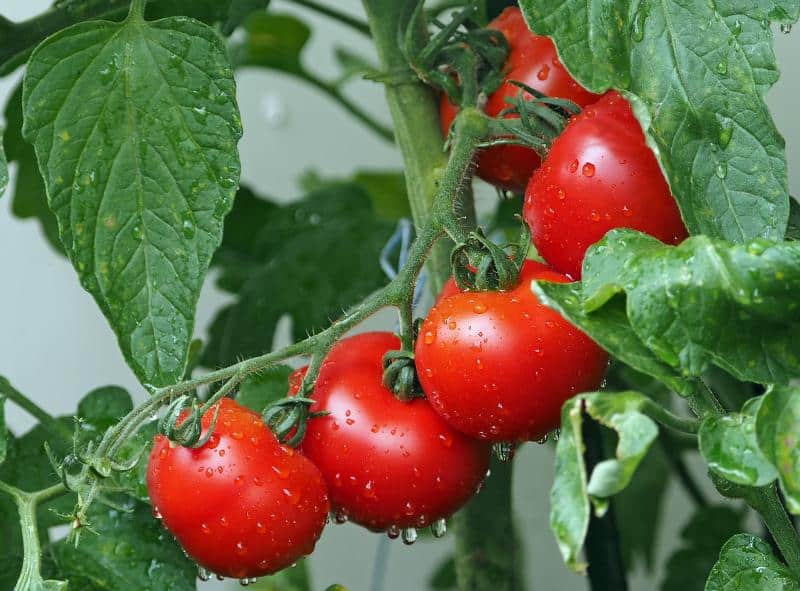
While tomatoes are often thought of as a warm-weather crop, the mild winters of Zone 9 allow for a late-season planting that can provide a bountiful harvest. In Zone 9a, the optimal planting time is July 10th, while Zone 9b gardeners should aim for August 1st. This timing ensures the plants have enough time to establish a strong root system and develop their signature juicy, flavorful fruits before the first frost.
Tomatoes thrive in well-draining, nutrient-rich soil and full sun exposure. When planting, be sure to space the seedlings 2-3 feet apart to allow for proper growth and air circulation. Regular watering and consistent soil moisture are essential for producing large, healthy tomatoes.
Depending on the variety, tomatoes can be harvested in as little as 60-90 days. Look for the fruits to be firm, with a vibrant color and a smooth, unblemished skin. Harvesting the tomatoes regularly, before they become overly ripe, will encourage the plants to continue producing throughout the winter season. Enjoy the fresh, tangy flavor of homegrown tomatoes in a variety of winter dishes, from salads and sandwiches to sauces and soups.
Turnips
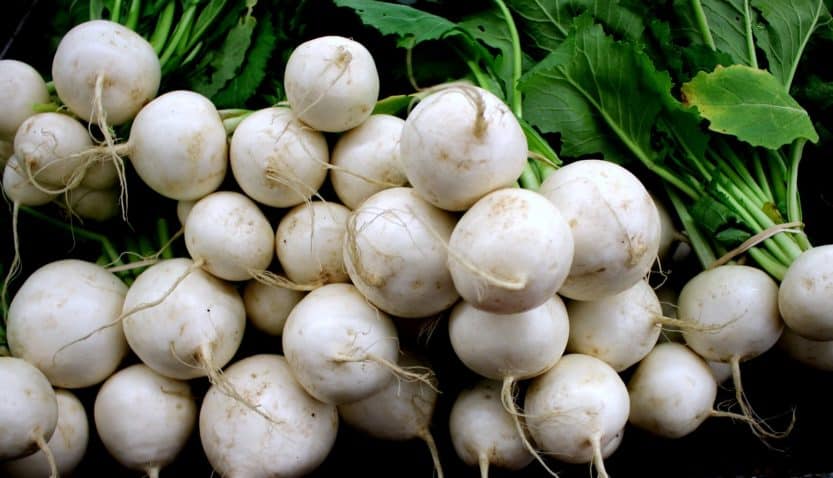
Turnips are a cool-weather root vegetable that thrives in the mild winters of Zone 9. In Zone 9a, the optimal planting time is December 1st, while Zone 9b gardeners should aim for December 15th. This timing allows the plants to establish a strong root system and develop their signature crunchy, flavorful roots before the coldest weather arrives.
Turnips prefer well-draining, nutrient-rich soil and full sun exposure. When planting, be sure to sow the seeds 1/2 inch deep and 2 inches apart, thinning the seedlings to 4-6 inches apart once they’ve sprouted. Regular watering and consistent soil moisture are key to producing large, tender turnips.
Depending on the variety, turnips can be harvested in as little as 45-60 days. Look for the roots to be firm, with a vibrant color and a smooth, unblemished skin. Harvesting the turnips at the right time is crucial, as they can become woody and pungent if left in the ground too long. Enjoy the versatility of homegrown turnips in a variety of winter dishes, from roasted vegetable medleys to hearty soups and stews.
USDA Zone 9 Temperature Planting Guide
The success of a winter vegetable garden in Zone 9 is largely dependent on understanding the unique climate and temperature ranges within this region. Zone 9 is home to two distinct gardening zones: Zone 9A and Zone 9B, each with its own set of average minimum temperatures.
Zone 9A, which covers the southern and central parts of the region, experiences average minimum temperatures ranging from 20 to 25 degrees Fahrenheit. This slightly cooler climate allows for a wider range of cool-weather crops to thrive, including hardy greens, root vegetables, and winter squash.
In contrast, Zone 9B, which encompasses the southeastern and coastal regions, enjoys average minimum temperatures between 25 and 30 degrees Fahrenheit. This warmer climate is better suited for crops that require a longer growing season, such as tomatoes and summer squash, while still providing the opportunity to cultivate a variety of winter vegetables.
Knowing the specific zone and temperature range for your gardening location is crucial when planning your winter vegetable garden. By selecting the appropriate crops and planting dates for your zone, you can maximize your chances of a bountiful harvest and enjoy the fresh, flavorful produce that the mild winters have to offer.
Whether you’re in Zone 9A or 9B, the key to a successful winter vegetable garden is paying close attention to the unique microclimates and temperature fluctuations within your region. By adapting your growing strategies to the specific conditions of your zone, you can create a thriving, year-round oasis of fresh, homegrown produce.





